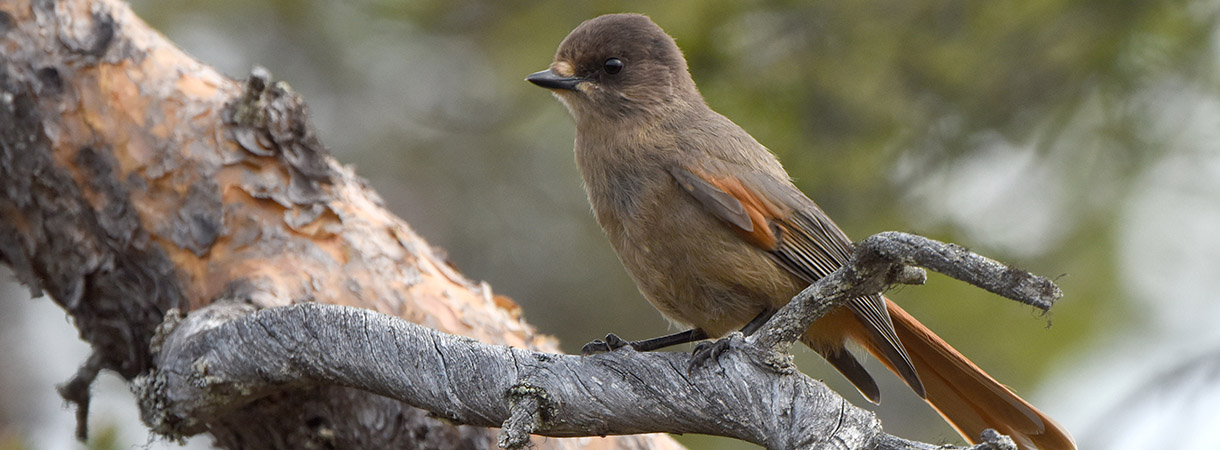Conservation areas help birdlife adapt to climate change
As the climate warms up, the belts of current climate conditions beneficial to various species move further north, forcing species to follow the climate suited to them. It is the northern species in particular that are causing the most concern due to climate change, since in addition to that issue, they are threatened by deterioration in the quality of their habitat by forces such as forestry and the drying-up of wetlands. The spread of northern bird species is restricted by the Arctic Ocean and the Scandinavian Mountains. When species are unable to head further north, their risk of extinction grows.
Published on 5 November 2018, Photo: Petteri Lehikoinen
In the study, carried out by the University of Helsinki’s Finnish Museum of Natural History in cooperation with the Nature and Game Management Trust Finland and Parks & Wildlife Finland under Metsähallitus, the Finnish forest and park service, it was observed that conservation areas help birdlife adapt to climate change. These areas help northern bird species keep their hold on the southern boundary of their current area of distribution, while helping certain southern bird species spread to new territories on the northern boundary of their distribution area. The observation emphasises the importance of a geographically unbroken and comprehensive network of conservation areas.
You can find the full story in Finnish here.
